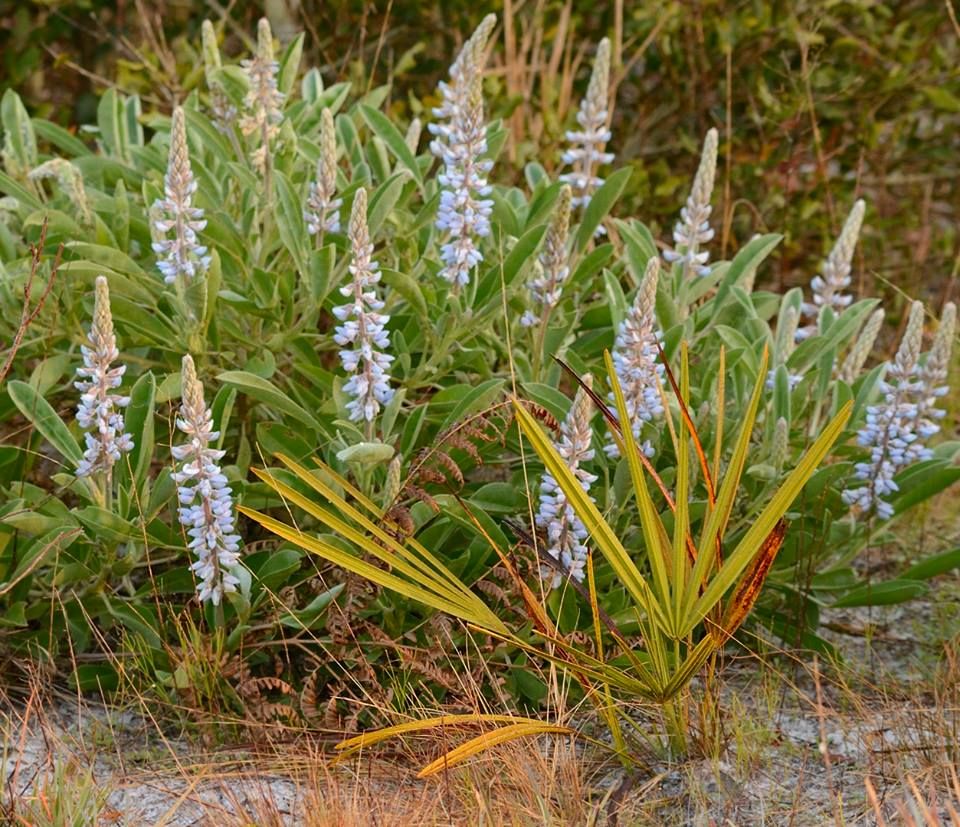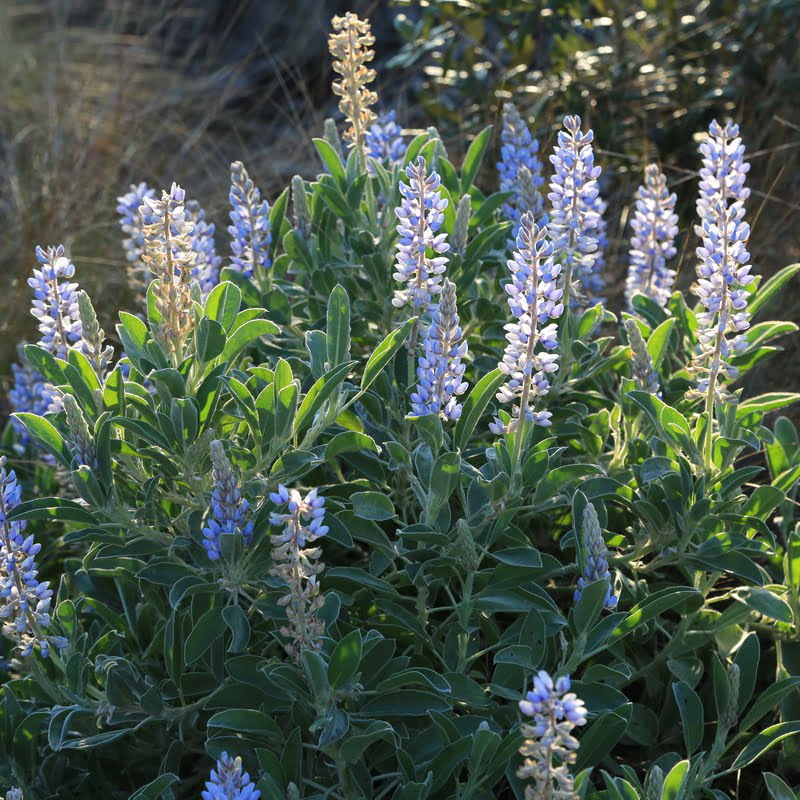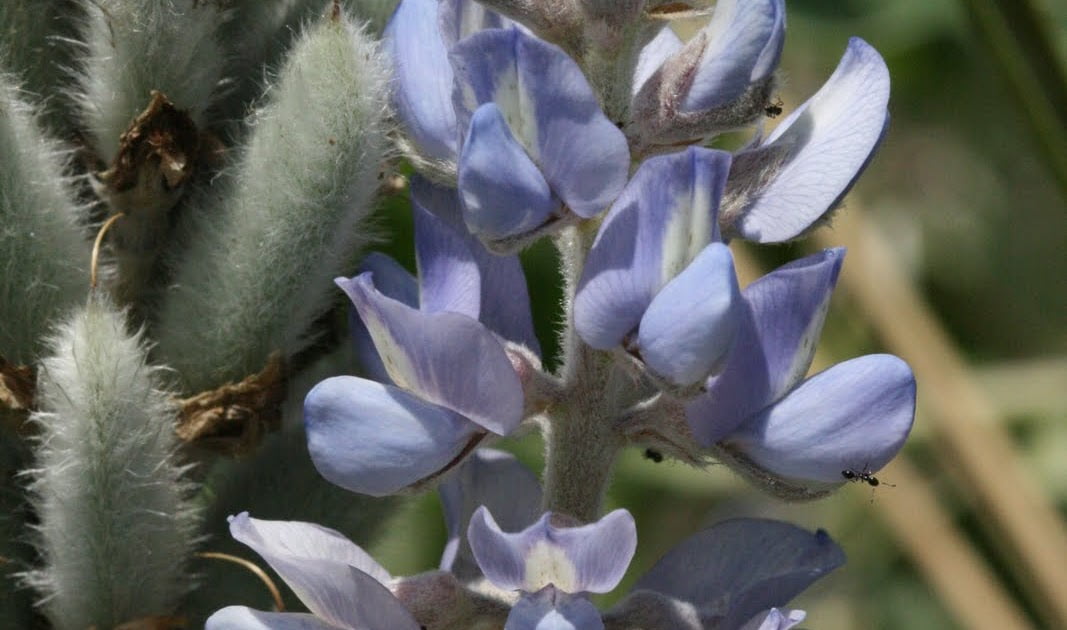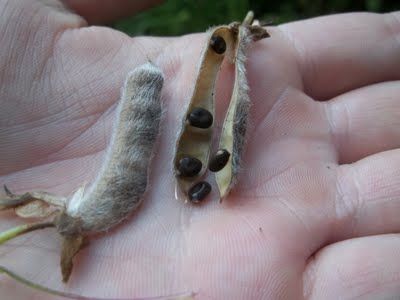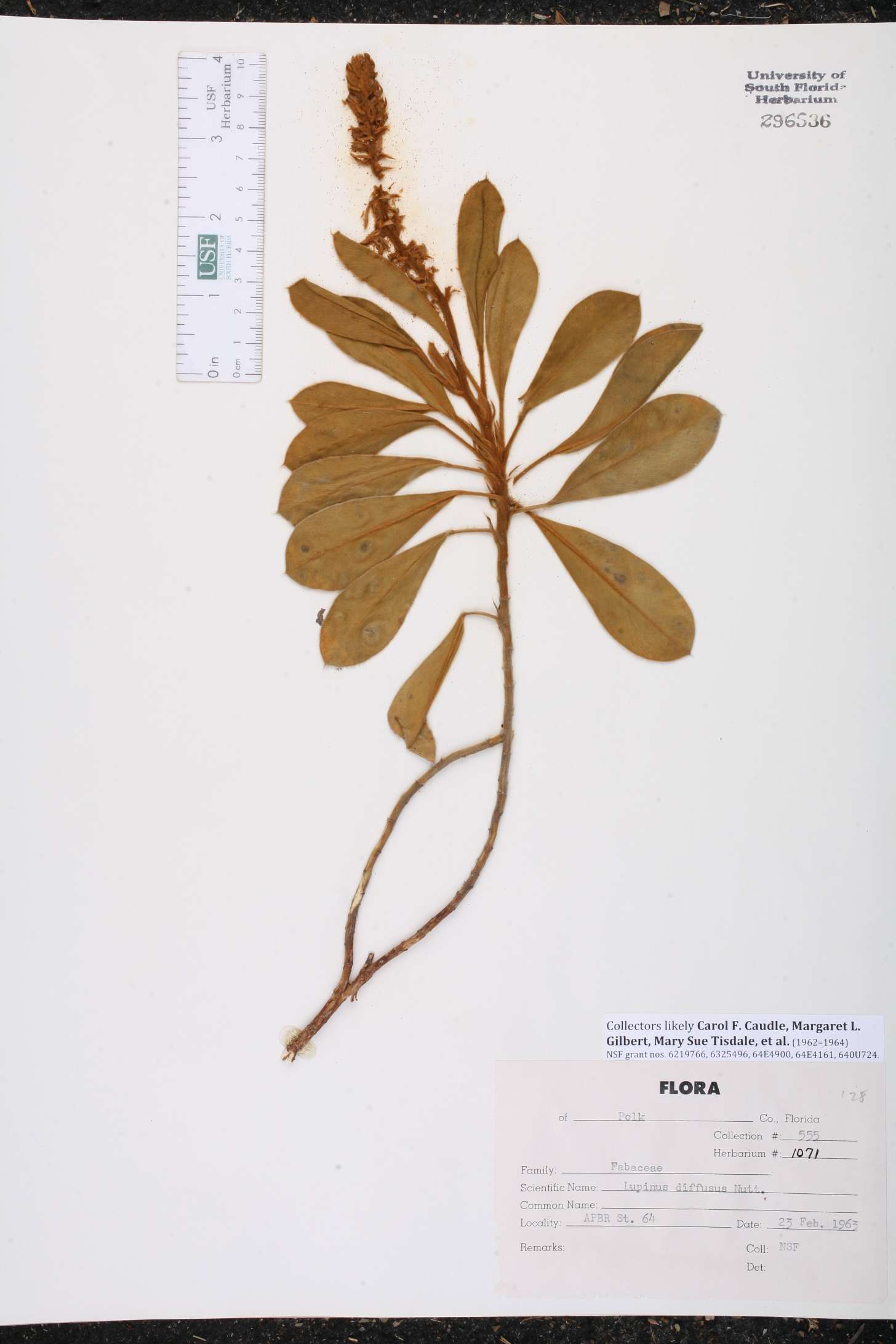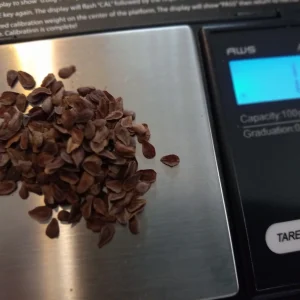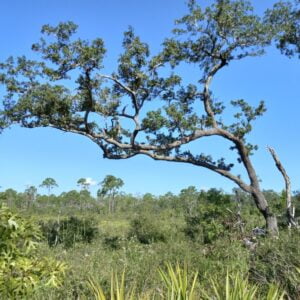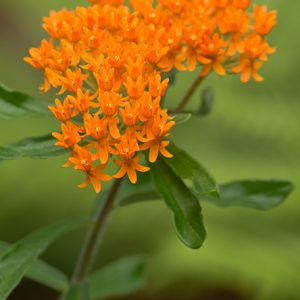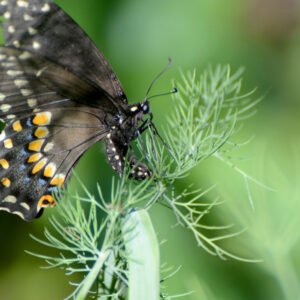10 Florida-Native Skyblue Lupine Seeds (Lupinus diffusus) for U.S. Southeast
$4.00
Skyblue Lupine, also scientifically known as Lupinus diffusus, gathered on the Lake Wales Ridge, an ancient sand ridge in central Florida, this fantastic plant has unique traits that not only bring a unique aesthetic appeal but also play an essential role as a butterfly larval host plant. It is native to the southeastern United States, specifically in states like Florida, Georgia, South Carolina, and Alabama.
15 in stock (can be backordered)
Description
Skyblue Lupine (Lupinus diffusus): Your Key to a Vibrant Butterfly Habitat
Are you seeking to transform your garden into a delightful, teeming oasis for butterflies? Look no further! The answer lies in the seeds of the enchanting Skyblue Lupine, also scientifically known as Lupinus diffusus. Gathered on the Lake Wales Ridge, an ancient sand ridge in central Florida, this fantastic plant has unique traits that not only bring a unique aesthetic appeal but also play an essential role as a butterfly larval host plant.
The Wonders of Skyblue Lupine
Skyblue Lupine is an evergreen perennial species that stands out for its captivatingly beautiful, elongated flower clusters that range in color from light blue to violet. Its silvery-green leaves spread out from a central point, resembling a hand fan, providing a stunning contrast to the bright blooms. The aesthetic appeal of Skyblue Lupine in full bloom is one of the prime reasons to consider introducing this species into your garden.
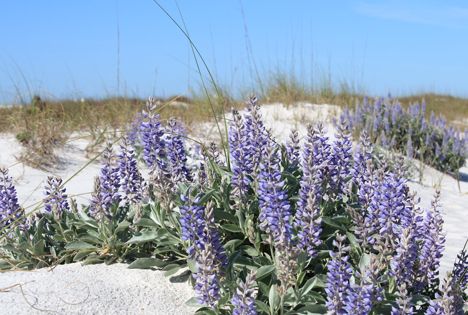
The aesthetic appeal of Skyblue Lupine in full bloom is one of the prime reasons to consider introducing this species into your garden.
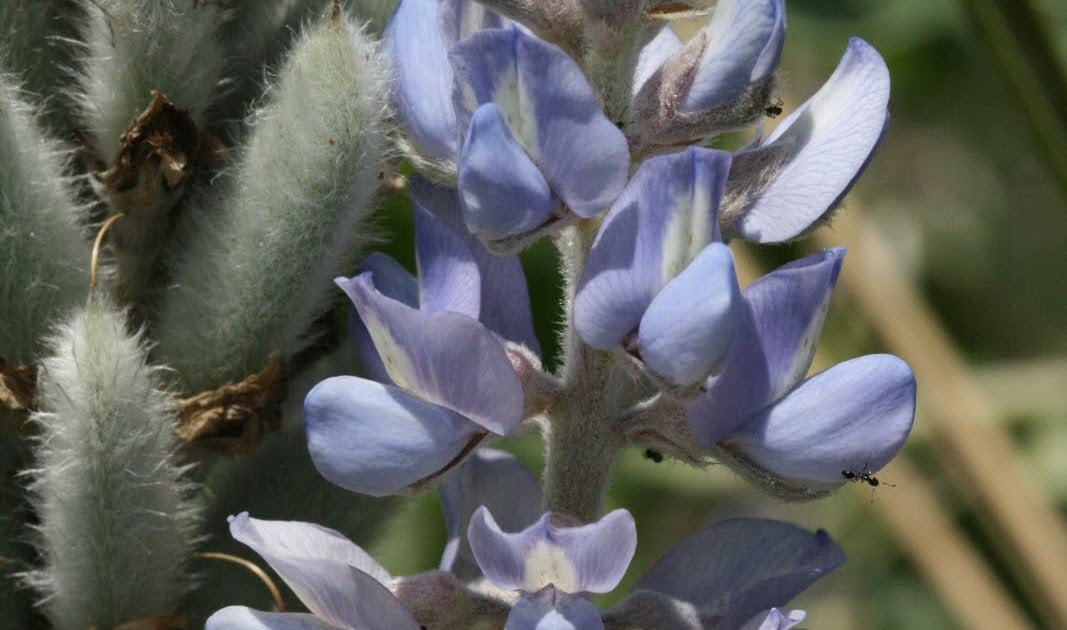
However, the beauty of the Skyblue Lupine is not its only remarkable quality. This plant thrives in sandy soil conditions, which often lack essential nutrients. Yet, Skyblue Lupine plants have an extraordinary ability to improve soil fertility by fixing atmospheric nitrogen, providing a natural way to replenish your garden soil’s nutrients.
The Butterfly Connection
As gardeners and nature enthusiasts, we often marvel at the ethereal beauty of butterflies. But have you ever considered playing a vital role in their life cycle? As a larval host plant, Skyblue Lupine does precisely that. This incredible plant forms a symbiotic relationship with butterflies, creating a win-win scenario for your garden.
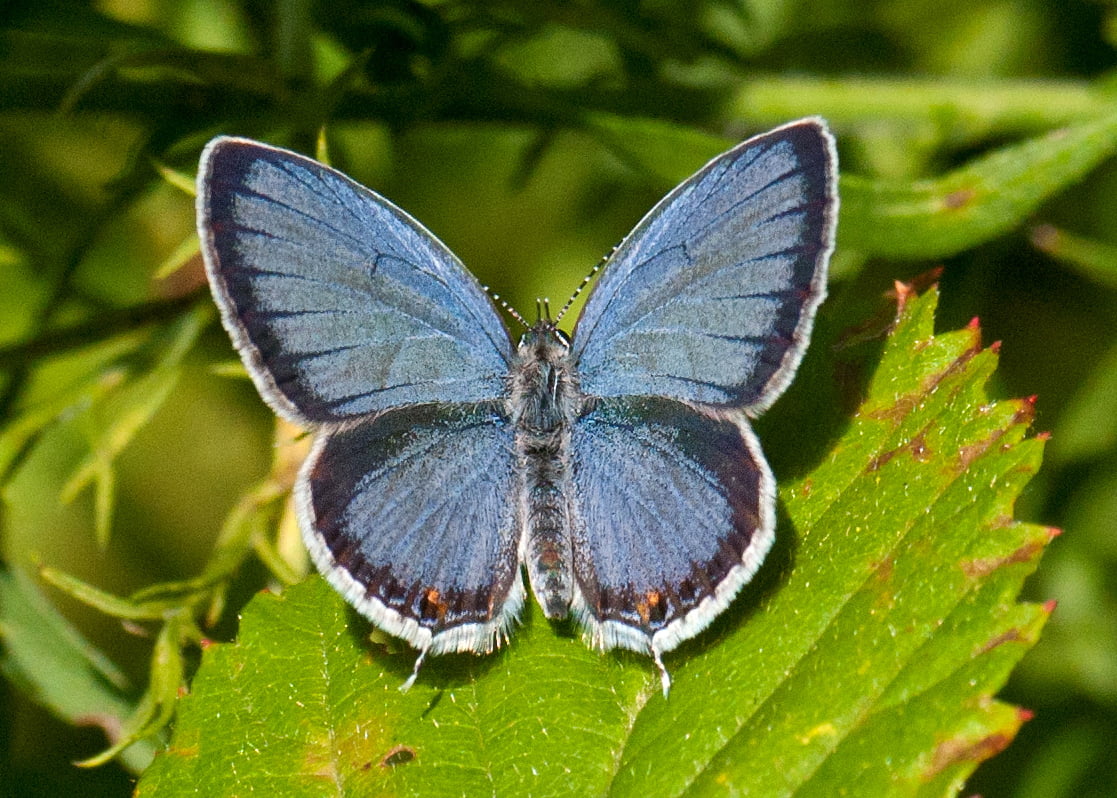
Butterfly species, such as the Frosted Elfin and Eastern Tailed-Blue, lay their eggs on the leaves of Skyblue Lupine. When the caterpillars hatch, they consume the plant foliage as a primary food source, embarking on the journey to become beautiful butterflies. Not only does this process ensure the survival of these butterfly species, but it also creates an engaging ecosystem within your own backyard, transforming it into a haven for these delightful creatures.
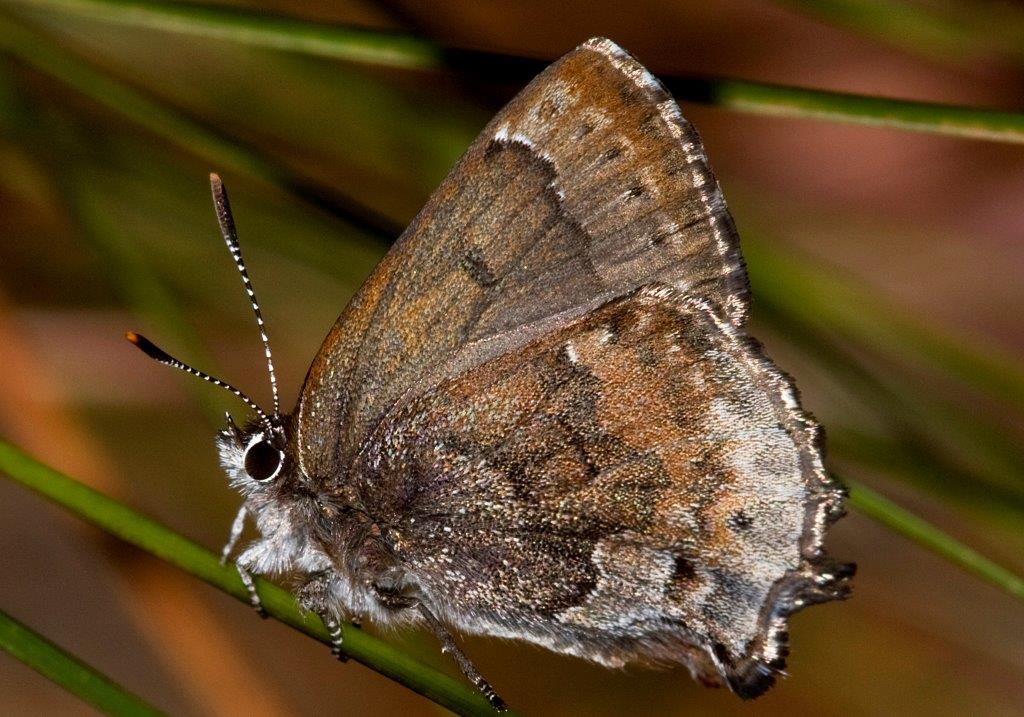
A Living Education
Another fascinating aspect of incorporating Skyblue Lupine into your garden is the educational opportunities it provides. From children to adults, watching the life cycle of butterflies unfold right before your eyes is both captivating and enlightening. From egg-laying to metamorphosis, you can witness nature’s magic without leaving your home.
Preserving Biodiversity
By sowing Skyblue Lupine seeds, you are contributing to the preservation of an indigenous plant species of the Lake Wales Ridge. This region is recognized as one of the world’s top biodiversity hotspots, and growing native plants like the Skyblue Lupine helps preserve this unique ecosystem.
Classification
LUPINUS DIFFUSUS Nuttall, Gen. N. Amer. Pl. 2: 93. 1818.
Despite Isely’s 1990 assertion that L. cumulicola is synonymous with L. diffusus, other pieces of evidence support the distinction of L. cumulicola (and potentially another species) from L. diffusus. This viewpoint aligns with research by Small in 1933, Duncan and McCartney in 1992, and is discussed in Weakley’s 2015 work (p.532).
Native Range
Lupinus diffusus, also sometimes known as the Spreading Lupine or Oak Ridge Lupine, is a species of flowering plant in the legume family, Fabaceae. It is native to the southeastern United States, specifically in states like Florida, Georgia, South Carolina, and Alabama.
These plants typically thrive in sandhill or scrubby flatwood habitats, preferring well-drained soils.
Germinating Lupinus Diffusus
When it comes to germination, these seeds benefit from a process called scarification to break their hard seed coat and promote water uptake. Before planting, it’s recommended to gently rub the seed with sandpaper or nick it with a knife, ensuring not to damage the inner embryo. After scarifying, soak the seeds in warm water for 24 hours to further enhance germination. Once prepared, sow the seeds in well-draining soil, placing them about 1/4 inch deep. Ensure consistent moisture, but avoid overwatering. With proper care, Lupinus diffusus seeds will germinate, paving the way for the growth of these beautiful blue-flowered plants.
Concluding Notes
In essence, the Skyblue Lupine is more than just a pretty plant. It acts as a fundamental building block in the life cycle of some butterfly species, encouraging biodiversity and infusing life into your garden. It teaches lessons about the interconnectedness of all things in nature, lessons that resonate far beyond the confines of your garden.
So, are you ready to embrace the magic of nature and become an agent of biodiversity? Start today by sowing Skyblue Lupine seeds in your garden and open your doors to a fluttering world of butterflies
